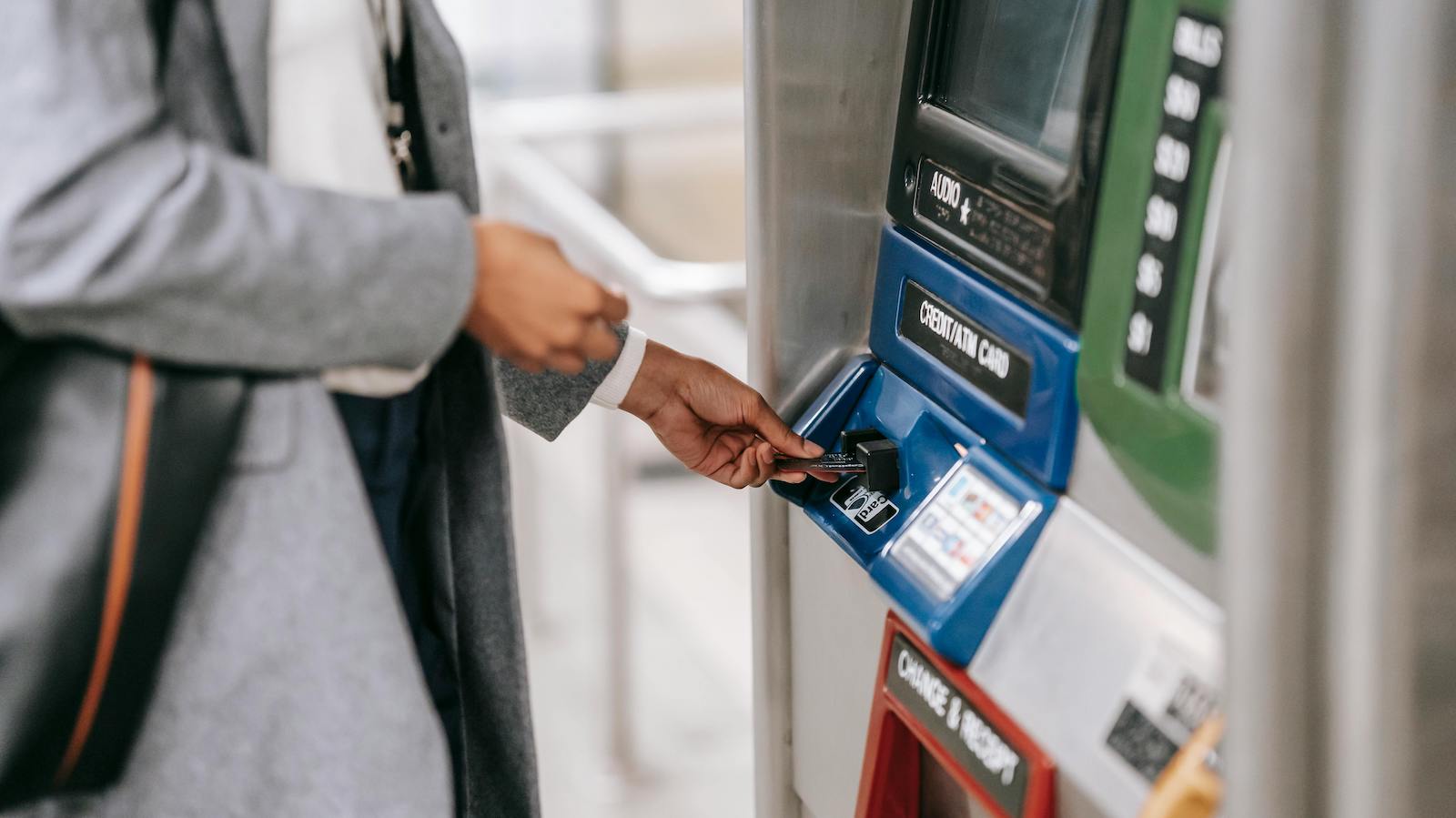Insurance exists to mitigate the fallout from some of life’s most disruptive events. As such, claims are one of the most critical touchpoints for insurance companies. In moments of distress, it’s often easier for claimants to have a memorably negative experience with their insurance provider than a positive one, and waiting for a claims check in the mail or contending with complicated technology only exacerbates customer frustration.
Flexibility and accessibility are increasingly crucial when it comes to effective claim payments. Digital solutions have the power to make this high-stakes experience seamless for both insurers and policyholders, but industry data indicates a chasm between customer preferences and reality. Recent research conducted by InvoiceCloud, in partnership with Datos Insights, finds that while both claimants and insurers stand to benefit from a paperless shift, there are still stumbling blocks along the path that our industry must work to remove.
See also: Digital Underwriting Now a No-Brainer
Paper still reigns supreme
Most claims payments are still paid via check, even though this process is slower, less transparent, less secure and more expensive to manage than digital disbursement. Not to mention that this manual method ignores policyholder preferences.
Seventy-three percent of those surveyed in InvoiceCloud’s State of Online Payments report prefer to receive claims payments electronically. Not only does this streamline the payment experience, but electronic disbursement also reduces the time and cost associated with printing and mailing paper checks, alleviating employee workloads. Paper claims are slower and less transparent, putting urgently anticipated payments at the mercy of everything from postal service disruptions to lengthy wait times for manual lienholder endorsements. The rates of fraud when it comes to paper checks are also twice that of any other payment method, with JPMorgan Chase reporting that $1.3 billion was lost to check fraud in 2022.
Moving away from paper checks improves the claims experience for all involved. Yet, despite clear benefits to customers and insurers, most claims payments are still made via check.
This lag in the insurance industry is a disservice to claimants. Customers should be offered self-service resources long before they need them, so they can navigate the process for setting up paperless payment disbursement on their own timeline, not during times of loss. The switch will also reduce stress and workloads for agents and the insurer’s customer service team.
The challenge of multiparty and lienholder disbursements
A seamless transition to digital claim payments is even more important for multiparty and lienholder disbursements. Outbound payments split between two or more recipients are one of the most significant challenges facing the insurance industry, especially when it comes to facilitating the paperless transition.
Fortunately, there are solutions that address this challenge head on. When the payment process is digitized, claimants, lienholders, vendors and partners can receive payments effortlessly in whichever way they choose.
When claimants receive traditional multiparty checks, they can face a host of issues. They may have to track down other claimants themselves or find a bank that can endorse this specific kind of check – and if there isn’t a local branch that can, the claimant may have to send the check to a larger bank, opening themselves up to theft or mail delays.
Modern solutions simplify this process with digitization. Following the claim, digital solutions will send payment to all the correct parties via their preferred payment method (direct deposit, check, gift card, etc.). This streamlined, digital process gets money to claimants faster, reduces the opportunity for fraud and saves time for everyone involved.
All of this is rapidly becoming the new normal. Carriers are beginning to appreciate the importance of claims interactions and are adopting tech to improve the touchpoint – keeping themselves competitive in the process. Customers want to engage digitally. To keep policyholders satisfied and safeguard retention, it’s critical that insurers implement solutions that offer what customers want: digital options like real-time payments, mobile wallets and more. This is an easy way for companies to fulfill their commitment as an insurance provider and make their policyholders whole. At the same time, digitization helps insurers preserve costs, reduce calls to their office and get vendors paid quickly.
See also: The Need for 'Digital Fluency' in Insurance
An eye toward the claimant
Stressful and frustrating experiences while attempting to access disbursements, either individually or as part of a multiparty claim, damage policyholder satisfaction. This, in turn, threatens retention. What’s more, the lack of paperless disbursement options could affect an insurance company’s ability to attract new policyholders, perpetuating a vicious cycle.
High customer churn can also add stress for already overwhelmed employees in an industry facing a workforce shortage. When the severity and frequency of claims increase, they impair insurers’ ability to retain talent, leading to smaller teams with more work. Switching to digital outbound payments delivers claimants their ideal payment experience and thus improves their satisfaction. At the same time, it improves expense ratios. These solutions can also make it easier to meet security compliance requirements.
The gap between customer preferences and the current outbound payments market represents a significant opportunity for insurance innovation. Luckily, next-generation solutions are available in the market to bridge this gap. Facilitating a transition to paperless disbursements creates a positive experience for policyholders, which is especially crucial in an industry with so few customer interactions. While it’s true that most people hope not to use their insurance policies, providing flexible digital options can go a long way toward improving the experience of those who do.








